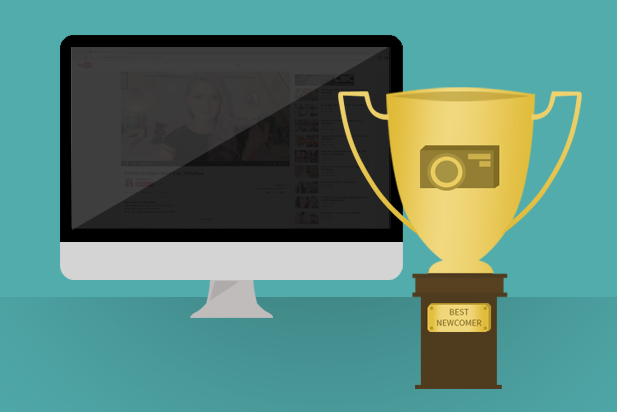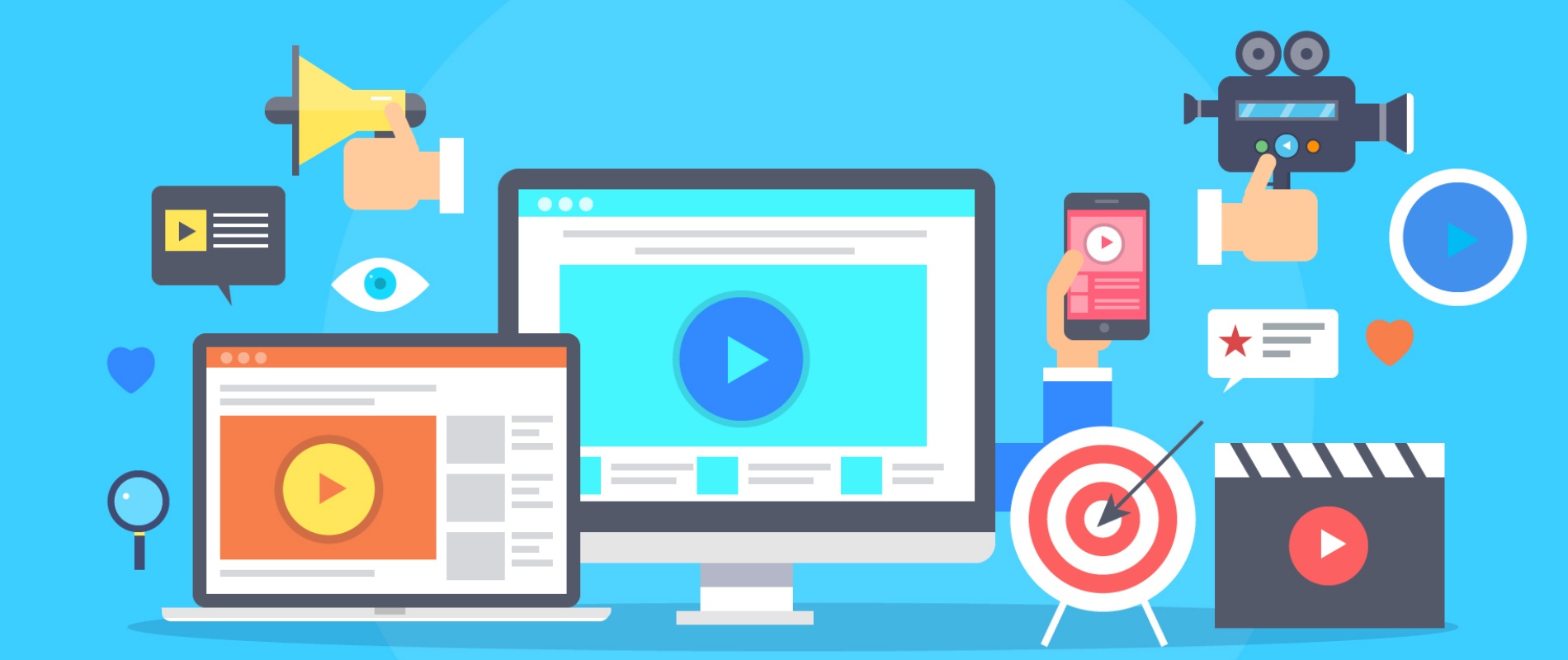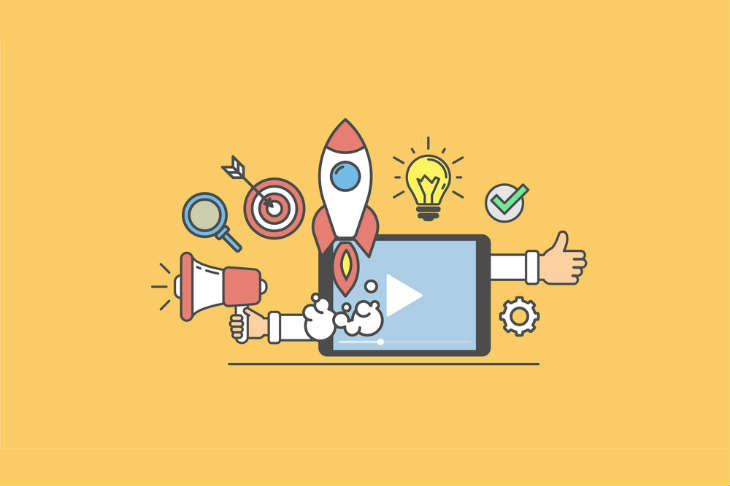
Get weekly
HubSpot updates
The Vlogging Revolution has well and truly taken off, and with brands and individuals alike waking up to the potential of YouTube, there have never been more free online channels to tune into. But if you’re sitting there thinking it’s just picking up a camera and having a chat – you’re severely mistaken.
The best vloggers go to a lot of effort behind the scenes before they upload their polished selves to the internet. So, whether you're looking to start your own vlogging channel or you're just looking to add another social profile to your business’ portfolio, you’re going to need to learn the ropes. In this first blog of a mini series, I’ll be talking through all the things you’ll need to consider before you even turn your camera on.
1. Camera
It might sound like an obvious place to start, but you’re going to need a camera. Preferably one that can record in HD at 720p (anything higher is a bonus) so your videos are clear and won’t appear pixelated on larger, high-res screens. You’re also going to want to consider how much control you have over your camera whilst filming. For instance;
What zoom controls do you have? Will your camera allow you to use a micro focus setting so that you can you can film an upclose product shot?
Does your camera allow for manual focus/auto focus? You’ll need this so that you can sharpen your figure or blur the background. Equally is your camera limited to only a point and shoot video capture setting? This means that your camera will shoot everything in the shot at the same level of focus and could affect what kind of shooting you’ll be able to record.
Does the camera have a flip screen? Will you be able to see yourself as you’re recording? Or will you have to do multiple test recordings to check your lighting, background and position? If the camera does not have a flip screen, will it have the capabilities to be connected to a live monitor?
These are just some of the questions you need to be asking yourself when preparing to film your first vlog. They may seem minor, but each one of these questions will affect how you film and the time it takes to capture your footage, so don’t presume your camera has all the settings you might need.
2. Lighting & Microphones
Yep that’s right- you’re going to need a little bit of professional tech, but don’t worry you wont have to fork out too much for your own mini studio. You're going to want your videos to be well lit – with warm, natural looking lighting. Nobody is going to click on a video that has a grey and dreary ambiance .
To start off with, purchase a couple of continuous softbox lights that are around 150v each. You can pick a pair of these up on Amazon or Ebay for as little as £40. If you’ve got the budget I recommend using a circle or ring film light which your camera sits in the middle of. Although a little more expensive, these rings project light directly where you need them, illuminating the subject perfectly. In terms of a microphone, it’s wise not to rely on your camera. Often in-built camera microphones are of poor quality and will pick up all sorts of background / ambient noise that will muffle your speech.
Another great question to ask yourself is can an external mic be connected to my camera? You’d be surprised just how many DSLR’s don’t have this function. If the answer is no, then you may need to sync your audio to the footage later in editing - and this isn’t always an easy task. so it’s definitely a question to ask yourself before you purchase an expensive piece of filming kit. There are so many external mics online so when it comes to purchasing its important to know what you’re after. I’d recommend getting a shotgun mic from Rode, as they’re known for being high quality and reliable. Shotgun mic’s might sound a bit menacing but they’re perfect for filming vlogs as they capture audio they focus on audio from straight in front of them, eliminating background noise from other directions. You’re also going to want to purchase a lovely, fluffy jacket for your shotgun mic otherwise known as a ‘wind muff’, which will help to minimise background sound.
3. Setting the scene
Once you’ve got your camera, lighting and microphone all sorted you’re going to need to look at your ‘set’. Your set is essentially your background, something that’s going to set the scene of your video. Think about when you scroll through YouTube- which videos catch your eye? Nine out of ten times it’s going to be the one with a thumbnail that was aesthetically pleasing and most accurate to what you were searching for. For instance, if you’ve got two thumbnails in front of you - both equally lit and of the same quality, but one has the presenters laundry hanging out to dry and the other is sitting on a well presented sofa or desk - which one are you going to pick? It’s also equally as important that your background represents your content and tone. Think about what you want to be projecting to to the viewer. If you’re presenting a beauty video and you’re aiming it at a younger audience, chances are you’re going to want to film in a space that is relatable to them - so sitting on your bed, or in front of you beauty counter. If you’re talking about a DIY you’re probably best off in the setting you usually do your DIY, like in a workshop or garage. One thing is sure regardless of your content, make sure your background isn’t cluttered with irrelevant items, and is presentable.
This might all sound like a lot to take in, but it’s good to get a firm grasp of the technology and equipment side of things so that you’re giving your videos the very best chance of succeeding from the first day you upload.
Next up in the mini series, we’ll be talking about content and how to structure your videos and channel. If you’re newbie vlogger and have questions about the sorts of tech you should be using, be sure to leave a comment below.

